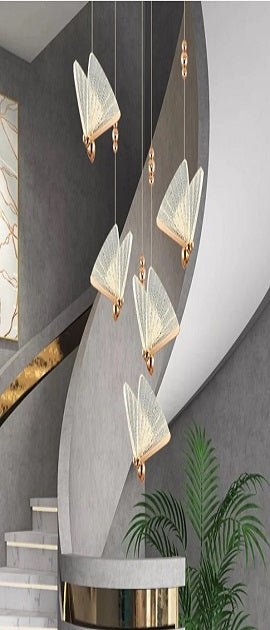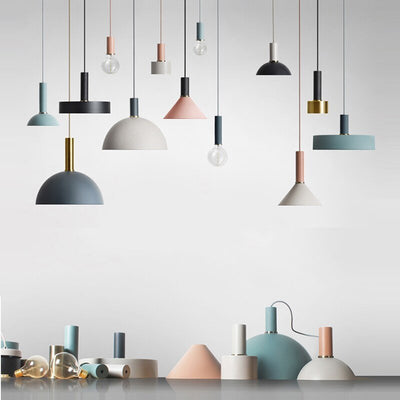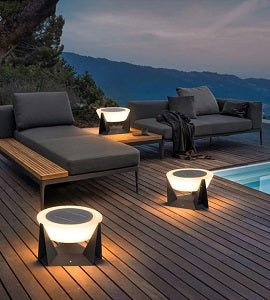Chandelier vs Pendant: Exploring the Key Differences
When it comes to illuminating your home with style and sophistication, chandeliers and pendants are two popular lighting fixtures that offer distinctive aesthetics and functionality. While both serve as focal points in interior design, they have unique characteristics that set them apart. In this illuminating guide, we'll delve into the differences between chandeliers and pendants, helping you make informed decisions when selecting the perfect lighting solution for your space.
Design and Structure
Chandeliers are grand and ornate lighting fixtures characterized by multiple arms or branches adorned withn crystals, glass, or metal accents. They typically hang from the ceiling and can feature intricate designs ranging from traditional to contemporary styles. Chandeliers are often used in formal settings such as dining rooms, entryways, and ballrooms, where they make a statement and add a touch of glamour to the space.
On the other hand, pendants are more streamlined and versatile in design. They consist of a single light fixture suspended from the ceiling by a rod, chain, or cord. Pendants come in various shapes, sizes, and materials, allowing for customization to suit different interior styles and preferences. From minimalist glass pendants to industrial-inspired metal fixtures, pendants offer flexibility and adaptability for any room in the home.
Size and Scale
One significant difference between chandeliers and pendants is their size and scale. Chandeliers tend to be larger and more imposing, making them suitable for spacious rooms with high ceilings where they can command attention and fill the vertical space. Their grandeur and presence make them ideal for creating a focal point and adding drama to grand living areas or formal dining spaces.
In contrast, pendants are more compact and streamlined, making them versatile lighting solutions for various room sizes and ceiling heights. Whether used individually or in clusters, pendants can provide targeted illumination over kitchen islands, dining tables, or reading nooks without overwhelming the space. Their smaller size also makes them suitable for rooms with lower ceilings or limited space where a chandelier may be impractical.
Functionality and Application
Chandeliers and pendants serve different functional purposes and are often used in different areas of the home. Chandeliers are primarily decorative fixtures designed to illuminate large areas and make a visual statement. While they can provide ambient lighting, they are not typically used for task lighting due to their placement and design.
Pendants, on the other hand, offer both ambient and task lighting depending on their placement and design. They are commonly used in kitchens, dining areas, and workspaces where targeted illumination is needed for specific tasks such as food preparation, dining, or reading. Pendants can be hung at varying heights to customize the intensity and direction of light, making them versatile and functional additions to any room.
Conclusion
In conclusion, while chandeliers and pendants both offer distinctive lighting solutions for the home, they differ in design, size, scale, and functionality. Chandeliers exude elegance and grandeur, serving as focal points in formal settings, while pendants offer versatility and practicality, providing targeted illumination in various areas of the home. Whether you prefer the opulence of a chandelier or the flexibility of a pendant, ATY Home Decor offers a wide selection of lighting fixtures to suit your style and lighting needs. Consider the unique characteristics and applications of each fixture when designing your home's lighting scheme to create a harmonious and visually stunning environment.










